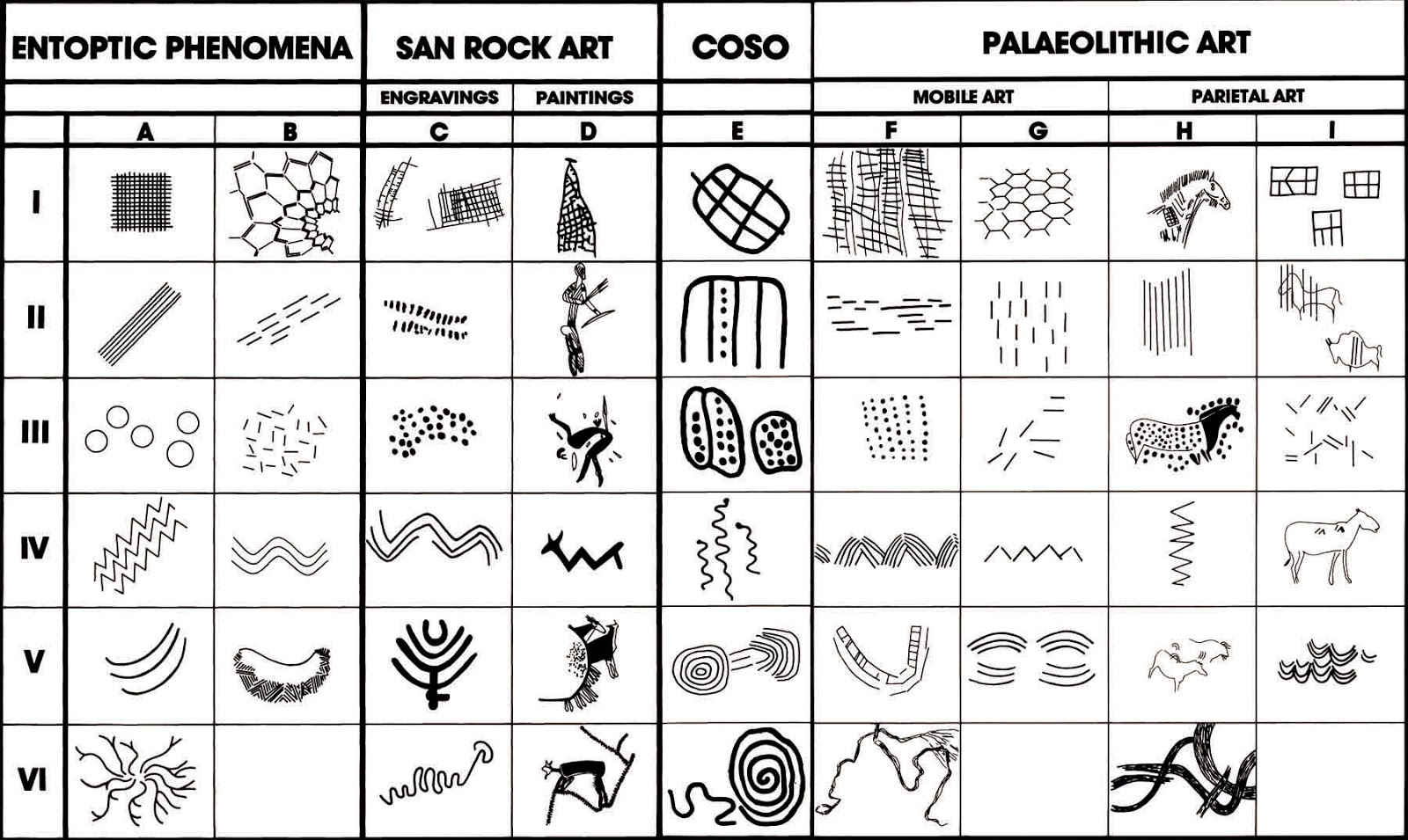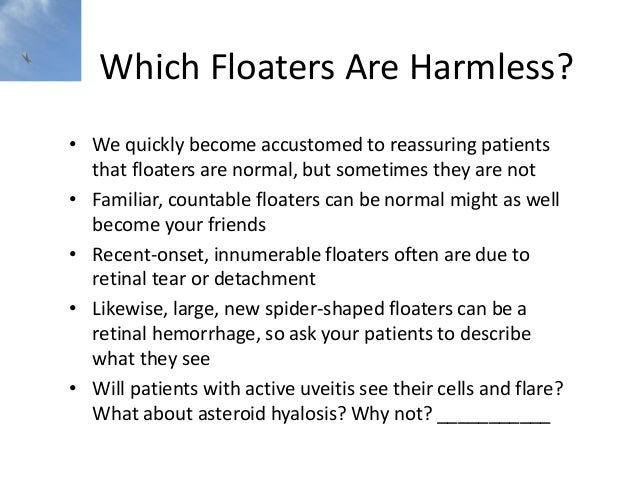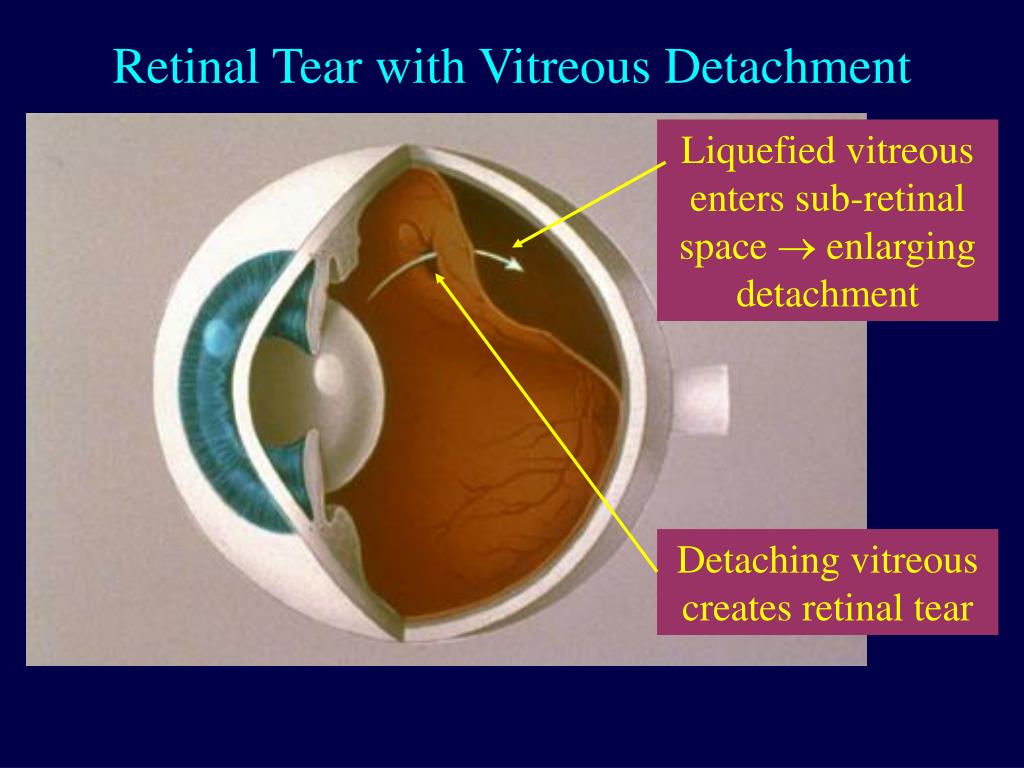
Entoptic phenomena examples full#
If the light is all blue, it will appear as a dark shadow if the light is full spectrum, it will appear yellow. It's easier to see if the polarisation is rotating with respect to the observer's eye, although some observers can see it in the natural polarisation of sky light.

It is much more noticeable when viewed against a field of pure blue light and is caused by white blood cells moving in the capillaries in front of the retina. Blue field entoptic phenomenon has the appearance of tiny bright dots moving rapidly along squiggly lines in the visual field.The first two sort of floaters may collect over the fovea (the center of vision), and therefore be more visible, when a person is lying on his or her back looking upwards. Others may be "coagula of the proteins of the vitreous gel, to embryonic remnants, or the condensation round the walls of Cloquet's canal" that exist in pockets of liquid within the vitreous. Others may be chains of red blood cells stuck together diffraction patterns can be seen around these. Some may be individual red blood cells swollen due to osmotic pressure. They are visible because they move if they were pinned to retina by the vitreous or fixed within the vitreous they would be as invisible as ordinary viewing of any stationary object, such as the retinal blood vessels (see Purkinje tree below). They are shadow images of objects floating in liquid between the retina and the jelly inside the eye (the vitreous) or in the vitreous humor itself. Floaters or muscae volitantes are slowly drifting blobs of varying size, shape, and transparency, which are particularly noticeable when viewing a bright, featureless background (such as the sky) or a point source of diffuse light very close to the eye.

Some examples of entoptical effects include:įloaters depiction Purkinje tree depiction Yet, there is enough commonality between the main entoptic phenomena that their physical origin is now well understood. They are also unlike most optical illusions which are produced by viewing a common stimulus. Because of the variation between individuals, and the inability for two observers to share a nearly identical stimulus, these phenomena are unlike most visual sensations.

This variance is not surprising because the specific aspects of the eye that produce these images are unique to each individual. Helmholtz commented on entoptic phenomena which could be seen easily by some observers, but could not be seen at all by others. Because entoptic images are caused by phenomena within the observer's own eye, they share one feature with optical illusions and hallucinations: the observer cannot share a direct and specific view of the phenomenon with others. Hence, they are different from optical illusions, which are caused by the visual system and characterized by a visual percept that (loosely said) appears to differ from reality. These perceptions are called entoptical."Įntoptic images have a physical basis in the image cast upon the retina. In Helmholtz's words: "Under suitable conditions light falling on the eye may render visible certain objects within the eye itself. (Occasionally, these are called entopic phenomena, which is probably a typographical mistake.)

For the archaeological term, see Entoptic phenomena (archaeology).Įntoptic phenomena (from Ancient Greek ἐντός ( entós) 'within', and ὀπτικός ( optikós) 'visual') are visual effects whose source is within the human eye itself.


 0 kommentar(er)
0 kommentar(er)
